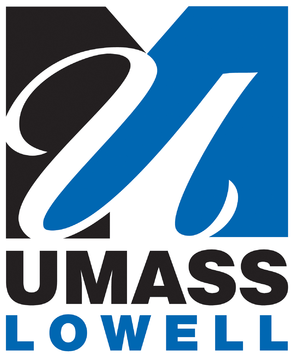
Advanced Electronic Technology Center We believe in Converting Dreams to Reality
EECE-5230.101 Introduction to Solid State Electronics (Modified – August 2018)
Instructor: Prof. Sam Mil’shtein
Textbooks:
1. D. Neamen, Semiconductor Physics & Devices. Irwin 4th edition, 2011.
2. Lecture notes
Course policy: pre-req. 16.365, 16.366; 16.470, or permission of instructor.
Grading policy: quizzes in class and home works - 25%, mid-term (open text-book) - 35%, presentation of a design project (final exam) - 40%.
In this course, the design of semiconductor devices (using commercial modeling software) is combined with steps of manufacturing technology and fundamental principles of solid state physics. Topics covered: the electronic structure of the atom, wave-particle duality of moving electrons. Schrödinger equation for semiconductor crystals. Band theory of semiconductors. Statistics of electrons and holes. Kinetic effects: electrical conductivity, Hall effect, magnetoresistance. Electronic and photonic devices: light absorption and emission, photoconductivity. Thermal properties including thermal conductivity, recombination processes and role of fabrication defects will be discussed according to the following outline:
1. Introduction (2 hours) [Class notes]
A. Technology trend
B. Business aspects of semiconductor technology
2. Crystal Structure (4 hours) [Chapter I]
A. Bohr Atom
B. Quantum numbers. Periodic Table
C. Atomic Bonding. Semiconductor structures
D. Donors and acceptors
E. Deep energy levels
F. Crystal fabrication technology
3. Quantum Mechanics and Statistics (9 hours) [Chapters II & III]
A. Particle in a quantum well
B. Tunneling through a potential barrier
C. Harmonic Oscillator
D. Schrödinger equation for periodic crystal; Cronnig-Penney model
E. Statistics of electrons and holes
F. Low dimensional structures (quantum well devices)
4. Real Crystal in Thermal Equilibrium (6 hours) [Chapter IV]
A. Brillouin zone
B. Quasi-momentum and effective mass of an electron
C. Statistics for electrons and holes in intrinsic semiconductor
D. Statistics of free carriers in n- and p- type doped semiconductor
E. Statistics of free carriers in compensated semiconductor
F. Defects. Wafer fabrication
5. Real Crystal in Non-equilibrium (3 hours) [Chapters IV - V]
A. Diffusion and drift of excess carriers in intrinsic material. Diodes
B. Diffusion and drift of excess carriers in doped semiconductor.
C. Diffusion and drift of excess carriers with external field. Transistors
6. Kinetic Phenomena (3 hours) [Chapter V]
A. Boltzman equation
B. Electrical conductivity
C. Hall effect
D. Thermoelectric effects
E. Scattering
F. Mobility dependence on temperature
7. Optical Properties (4 hours) [Chapters VI & XIV]
A. Absorption of light
B. Photoconductivity. Optical sensors
C. Photovoltaic effect. Solar Cells
D. Emission of light. Lasers
E. Exitons
8. Thermal Properties of Semiconductors (2 hours) [Chapter VI]
A. Thermoelectric effects
B. Optical and acoustic phonons
Included:
Problems in the classroom (3 hours)
Midterm exam (3 hours)
